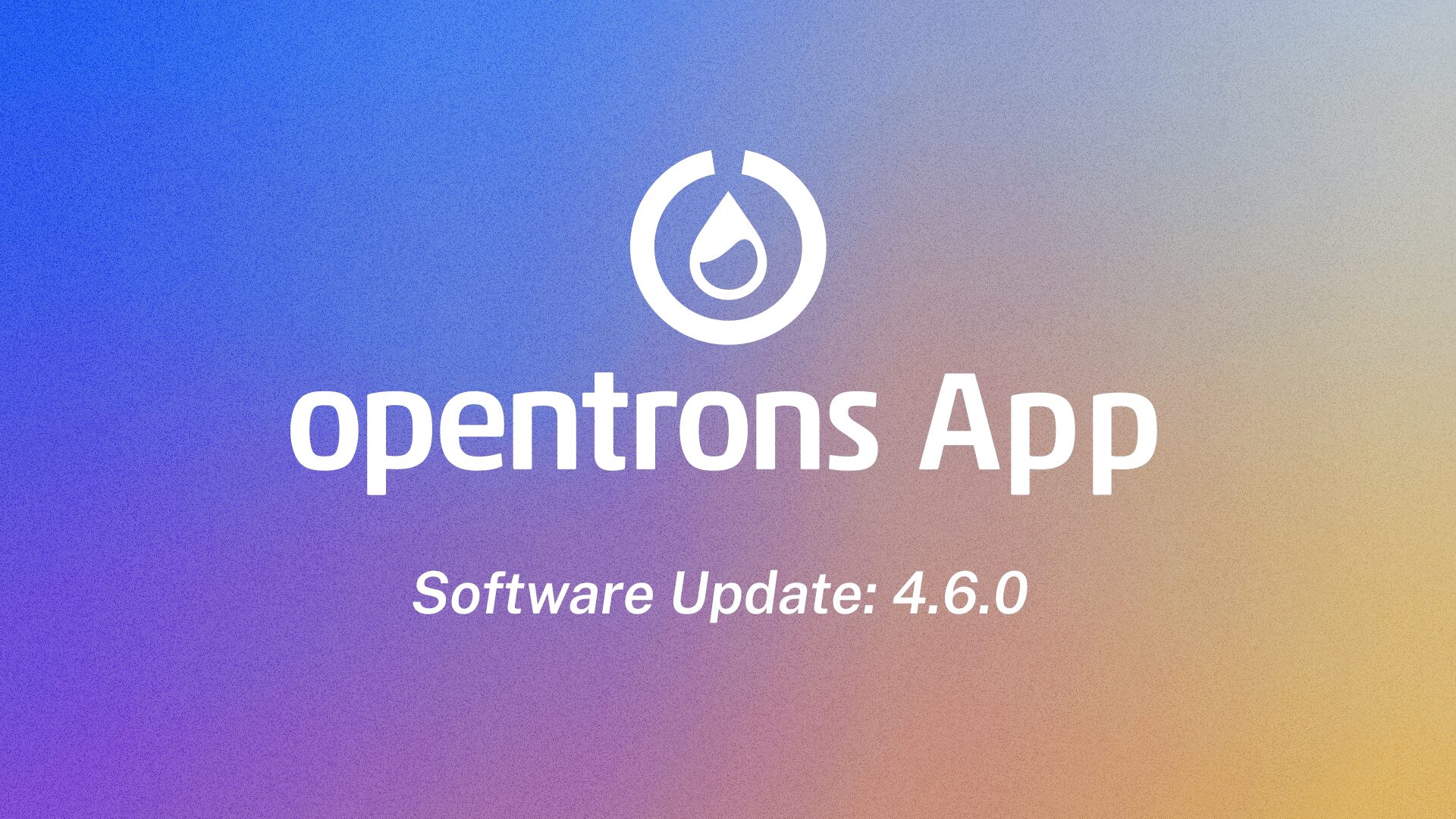
Hello there 👋!
We just released our next software update: 4.6.0. This update includes a new feature: the Opentrons Protocol Timer. It will generate an even more accurate and reliable OT-2 user experience by instantly estimating the duration of any protocol you create. In this article, we’ll provide a detailed overview of the new feature.
Using Opentrons within your workflow should grant you optimized efficiency. However, scheduling protocol runs on the OT-2 while managing the rest of your daily lab responsibilities isn’t always straightforward. If the runtime of the protocol is known, you can plan when to start, move on to other projects or tasks, and return to the OT-2 after it’s finished. But when creating new protocols, or fine-tuning old ones where the runtime is unknown, the process is incredibly difficult to schedule. It can take far more time than expected — especially if you consistently refine the protocol and have to fully run each iteration to see how it changes your experiment and results.
This feedback came from our user base and our internal teams. And that’s why we made the Protocol Timer.
The Protocol Timer reads your protocol file and takes into account the duration of each individual step, summing them into a total protocol runtime. This includes picking up and dropping tips, basic and advanced liquid handling steps, module functionality, pipette flow rates, gantry deck travel time, and more. All of these are now calculated upfront when generating the final time estimate for your protocol.
For this beta version, the Protocol Timer is hosted only on the command line, included as the “-e” flag within opentrons_simulate:
The “Estimated protocol duration” will then show up in the simulated output:
Both Protocol Designer protocol files and Python API protocol files are accepted by the Protocol Timer and will simulate using the method above.
If you’re not comfortable with Python and/or the command line, please refer to the instructions in our support article that will take you through the setup process.
Encouraged by the results of our Protocol Timer testing data outlined in the support article, we are excited to release it to the Opentrons community – and improve this feature with your help.
NOTE: The Protocol Timer is still in its beta version, so its accuracy estimates may drop below 90%. Also, pause times are not factored into this beta version, so you’ll need to add total pause time to the estimate for it to be fully accurate. As this project continues to develop with Opentrons user input and feedback, please fill out this form with additional suggestions for improving this product, or if your protocols have an estimated accuracy higher than 10%.